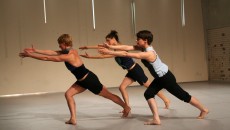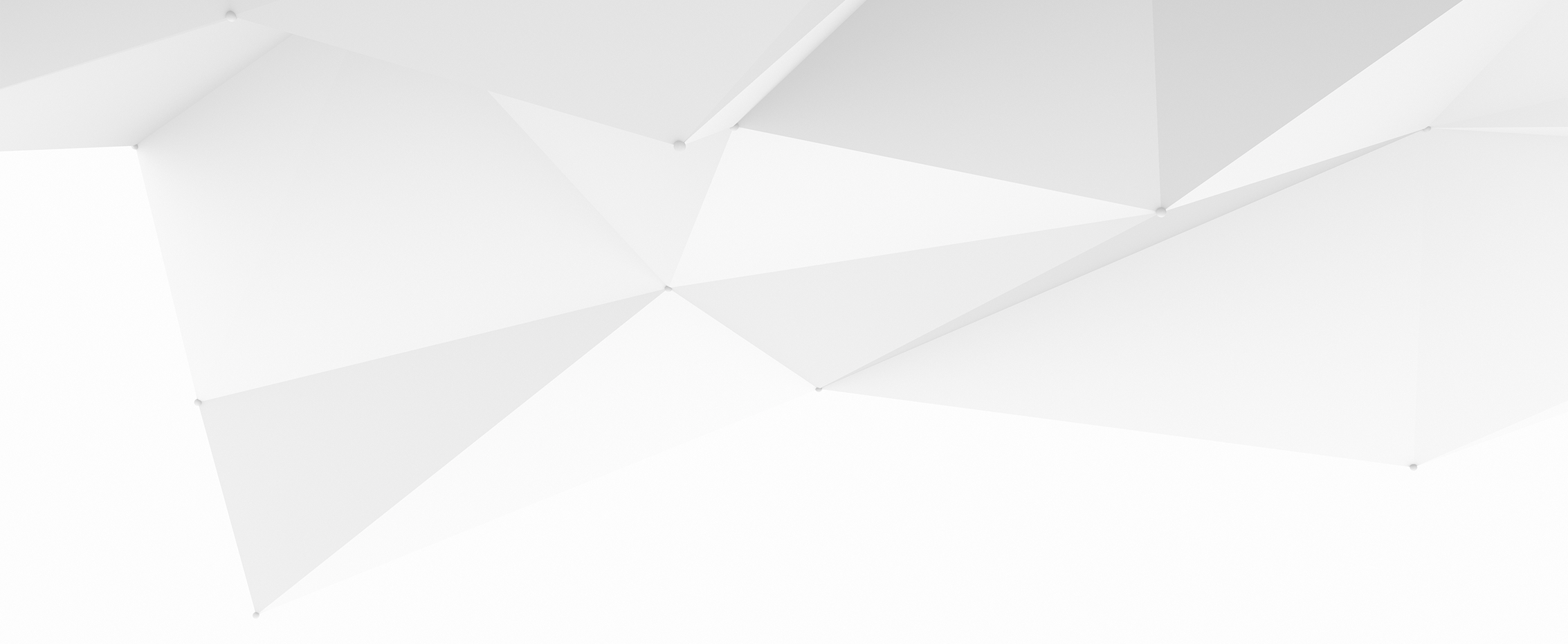de Mara Nedelcu
În inima Berlinului, se găsește Tanzfabrik, centru de dans contemporan. De 35 de ani oferă spațiu de repetiții, producție, cercetare artistică și teoretică, antrenament avansat, educație continuă, ateliere și cursuri regulate. Bine-cunoscut pe scena de dans internațional ca o platformă de producție pentru dansul contemporan în toată diversitatea abordărilor lui coregrafice și performative.
În 2005, Tanzfabrik s-a internaționalizat și a intrat în rețeaua europeană apap (advancing performing arts project) pentru un schimb artistic mai larg și dezvoltarea unei baze financiare mai mari.
Din 2010, Tanzfabrik a crescut mai mult în Uferstudios. Născut dintr-o inițiativă privată, proiectul Uferstudios a transformat o arie de 10000 mp de hale industriale și birouri într-un spațiu de producție, prezentare și educație de dans. Pentru implementarea conceptului, Fundația Loteria Națională a alocat un sprijin financiar de 4.3 milioane de euro sub condiția unei perspective pe termen lung – a fost semnat un contract de chirie pe perioada de 25 de ani. Mai departe, directorul Uferstudios a reinnoit negocierile termenilor contractuali, fapt care a condus la actualul statut de contract de inchiriere pe o perioada de 198. 14 studiouri de dans, birouri, săli de seminar, o bibliotecă media cu toate facilitățile necesare așteaptă dansatorii și studenții în Uferstrasse. Despre dezvoltarea Tanzfabrik din ultimii 35 de ani l-am intervievat pe Ludger Orlok, responsabil de direcția artistică a centrului de dans din 2000 și membru al comitetului de directori.
Mara Nedelcu: În 2013, Tanzfabrik Berlin celebrează cel de-al 35-lea jubileu. 35 de ani de istorie a dansului scrisă în jurului studiourilor sale. Ce anume a condus în acele timpuri la fondarea Tanzfabrik ? Inițiativa s-a născut dintr-o viziune sau a fost mai degrabă evoluția naturală a unei scene a dansului în plină expansiune ? Ce rol a jucat contextul social și politic ?
Ludger Orlok: O fabrică abandonată era un peisaj obișnuit în Berlinul sfârșitului anilor ’70 și, astfel, pentru artiști era o inițiativă destul normală să o ocupe. Un rol foarte important în decizia asupra destinului clădirii din cărămizi din Berlin Möckenstraße a fost jucat de proprietarul însuși. Dr. Joachim Rust era în acea vreme gestionarul moștenirii Ullstein și încă reprezintă actualmente interesele fundației Axel-Srpinger în problemele moștenirii Ullstein*.
1978 este reprezentativ ca an fondator pentru Tanzfabrik și chiar mai departe. Peste tot în Germania și mai ales în Berlin, era un moment al mișcărilor politice alternative. Ceea ce a dus la constituirea ziarului alternativ de stânga Die Taz – astăzi unul din cele mai importante ziare berlineze – și începutul partidului ecologic Die Grünen și așa mai departe.
Acei ani sunt cunoscuți și ca fiind o fază foarte intensă pentru activiștii RAF – Fracțiunea Armatei Roșii, după moartea lui Baader-Meinhof în Germania. Erau vremurile unei noi revoluții, care, pe o parte, după mișcările din 1968, marcase primii pași în stabilirea unui stil de viață alternativ; însă, pe de altă parte, din păcate, a însemnat și creșterea violenței radicalilor de stânga.
Claudia Feest, unul din co-fondatorii Tanzfabrik Berlin, descrie grupul de fondatori ca dansatori ce se revoltau împotriva manierelor clasice și reglementărilor în dans, sportivilor, care erau dedicați artelor și alții, care aveau o experiență puternică în domeniul științei naturale. Toți au încercat să găsească o modalitate individuală și legată de corp să contrabalanseze protestul social. Inspirată din curentele de dans postmoderne de pe coasta de vest a Americii, în special improvizația de contact, și-a dezvoltat o muncă de cercetare, producție și educație cu un colectiv de artiști pe care l-a condus personal până în 1995 în Tanzfabrik din celebrul cartier al Berlinului, Kreuzberg.
Vremurile nașterii Tanzfabrik-ului sunt relevante în istoria modernă a dansului german pentru evoluția lor efervescentă. Tanztheater-ul Pinei Bausch din Wuppertal își câștiga faima și, în același timp, redefinea dansul în teatrele de stat. Între timp, în Berlin, unii din participanții scenei culturale și politice a dansului făceau posibile primele ediții ale festivalului Tanz im August. Într-un context mai larg, această dezvoltare este legată de idealurile și viziunile alternative ale scenei dansului din Berlinul anilor ’20, revitalizat apoi in anii ’60 după cel de-al Doilea Război Mondial.
MN: Cum poți descrie tranziția Tanzfabrik-ului de la un colectiv de dans la o școală de dans și locație pentru performance-ul de dans contemporan? Și cum a influențat în acest proces dezvoltarea scenei de dans din?
LO: Încă din primii ani compania Tanzfabrik a avut studio-ul plin de spectatori, care erau atrași de noutatea acelui fel de performance de dans. Odată cu dezvoltarea scenei performance-ului, popularitatea companiei a crescut și a fost nevoie de o nouă locație pentru a înlocui Studio-ul Moeckernstrasse. Astfel, spectacolele erau găzduite în Hallesches Ufer Theater (astăzi HAU nn.). În timp ce tot mai mulți coregrafi căutau spații și resurse pentru producțiile lor, Senatul Berlinului aloca din ce în ce mai multe fonduri pentru scena independentă, odată cu redistribuția celor deja existente pentru a finanța inițiativele nou-născute. După căderea Zidului Berlinului, s-au fondat locații ca DOCK11 și altele. Această dezvoltare a condus în anii ’90 la un nou concept financiar și o schimbare în structura subvențiilor pentru scena culturală locală. În 1995, Tanzfabrik a trecut printr-o schimbare structurală cauzată de tăierea subvențiilor cu 50%. Structura organizațională a fost modulată în funcție de diferitele tipuri de activități din Tanzfabrik: departamentul artistic, școala și nivelul conducerii. Din 2005, Tanzfabrik Berlin este parte a rețelei europene apap, devenind astfel un nume pe piața internațională.
MN: Colaborarea în Uferstudios a deschis un nou capitol pentru Tanzfabrik. Ce așteptări ai de la acest parteneriat?
LO: Împreună cu trei module universitare de studii de dans, Tanzfabrik a participat activ la fondarea și dezvoltarea Uferstudios. Pe lângă a juca rolul de administrator pentru două din studio-uri, unul dintre fiind a doua locație de prezentare din zonă, Tanzfabrik este și principalul acționar al Uferstudios GmbH. Prin urmare, este responsabil de dezvoltarea progresivă a proiectului sub conceptul unui parteneriat pentru câteva instituții de dans. Această diversitate este esențială pentru Uferstudios și trebuie să beneficieze de sprijin și protecție, la fel ca Tanzfabrik în dezvoltarea sa ca producător și patron al dansului și performance-ului.
MN: Care este situația financiară actuală a Tanzfabrik și cât de importantă este rețeaua internațională în acest aspect?
LO: Chiar și în ziua de astăzi nu există resurse financiare fixe disponibile nici pentru colaboratorii noștri din departamentul de producție artistică și program de rezidențe (spre exemplu, directorul artistic, managerul de producție, managerul tehnic, responsabilul de PR), nici pentru fonduri de producție și rezidențe complete cu spațiu de studio gratuit și sprijin financiar pentru artiștii în rezidență. Rețeaua europeană apap face posibilă disponibilitatea unui apartament pentru artiștii invitați. Vizibilitatea internațională a Tanzfabrik crește. 28.000 de euro pot fi oferiți direct artiștilor de către proiectul EU Cultura pentru a le sprijini proiectele.
*Din Kreuzberger Chronik, extract, ediția 130, Septembrie 2011
” …Grandoarea trecutului a fost pierdută în război, dar Dr. Hans Joachim Rust și executorii lui Heinz Ullstein au reușit să obțină în 1976 dreptul de proprietate pentru clădirile de pe Möckernstraße, în scopul de a îndeplini ultimele dorințe ale decedatului. Heinz Ullstein, un moștenitor al faimoasei familii de editori, dar și un actor pasionat și regizor de teatru, a fost singurul membru al familiei care nu a fugit de naziști. Heinz s-a căsătorul cu fiica regizorului, scriitorului și regizorului de teatru Ernst Gettke. Persecutat de naziști și pus să curețe pe timp de noapte garnitura S-Bahn, Ullstein a supraviețuit numai cu ajutorul prietenilor care l-au ascuns.
Conform ultimului său testament, Heinz Ullstein și-a oferit moștenirea în favoarea „actorilor în nevoie”. Executorul și Fundația Axel Springer i-au dat casei numele regizorului de teatru Gettke și a început în anii ’70 să realizeze studio-uri și instituții culturale în etajele fabricii. Galeria Dümmen s-a mutat la parterul unei vile prestigioase, unde singurul locatar era majordomul. În curțile din spate s-au mutat artiștii, agenții de publicitate, arhitecți, astrologi, dansatoare din buric, înotători, studenți și comunități rezidențiale alternative. De treizeci de ani, Kreuzberg Tanzfabrik este localizată pe două etaje din vechea clădire a fabricii…”

